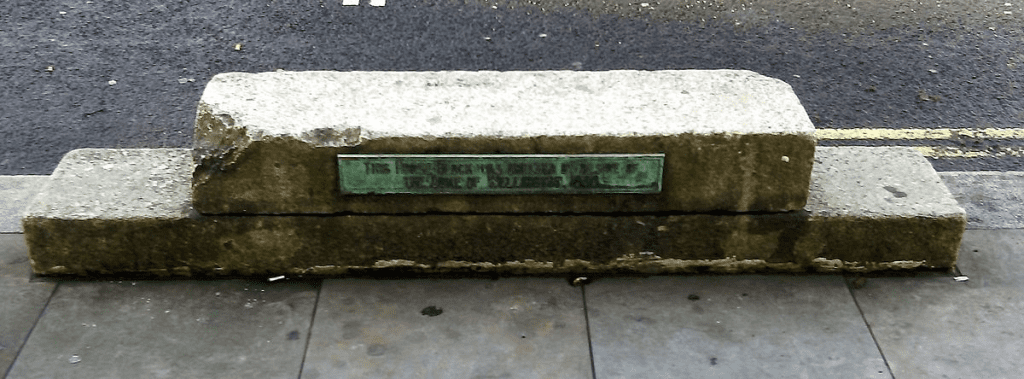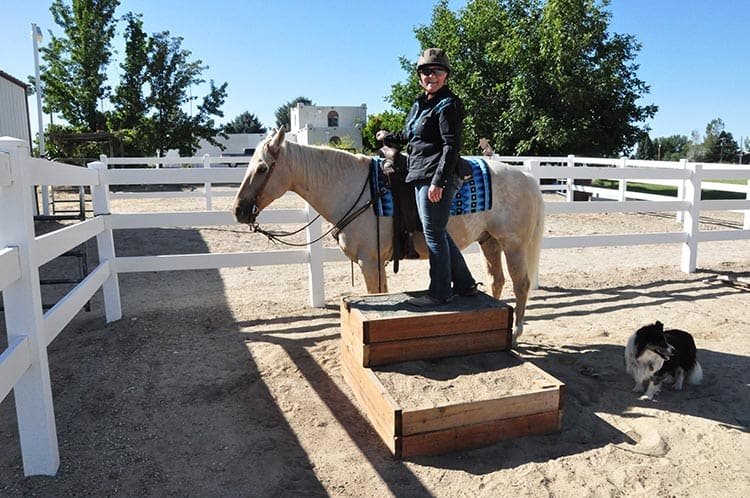Introduction: Ordinary Stones or Hidden Time Machines?
Have you ever strolled down an old street, spotted a couple of random stones by the sidewalk, and thought nothing of them? You’re not alone. 99% of people pass them by without a second thought. But guess what? Those stones once played a huge role in everyday life back in the 18th and 19th centuries. They’re called carriage steps or mounting blocks, and they were a total game-changer back in the horse-and-carriage days!

What Exactly Are Carriage Steps and Mounting Blocks?
Imagine living in a time when the main way to get around wasn’t by car or bike, but by climbing into a tall horse-drawn carriage. Without something sturdy to give you a boost, you’d struggle — especially if you were decked out in layers of heavy skirts or tight formal clothes. That’s where carriage steps came to the rescue.
These stones weren’t just random rocks lying around. They were carefully placed by sidewalks, homes, or public areas to make stepping into and out of a carriage safe and simple. Think of them as the 1800s version of today’s convenient curbside car services.
Video: Teaching your horse to line up at the mounting block alone and stand still while you mount step 2.
Why Were Carriage Steps So Important?
Let’s set the scene: cobblestone streets, horses clattering by, and ladies trying not to trip over their gowns. Without an easy step up, getting into a tall carriage was like trying to hop onto a moving horse — awkward at best, dangerous at worst.
Carriage steps helped solve a real-world problem:
- Safety First: They made it much safer for people, especially women and older folks, to get in and out of carriages without falling.
- Elegance Preserved: No one wanted their expensive clothes getting dirty from the street. These stones kept hems off the muddy ground.
- Convenience for All: From the fancy elite to everyday townsfolk, anyone catching a ride could use these sturdy helpers.
In a world without elevators, automatic doors, or Uber rides, a simple stone could make all the difference.

What Do Carriage Steps Look Like?
If you’re imagining something small, think again. Carriage steps were often big, rectangular blocks of granite, limestone, or other durable stone. Some were single blocks, while others were crafted with multiple steps.
Over time, they got worn down by weather, boots, and carriage wheels. Today, many are chipped and faded, blending into the background. But if you look closely, you might spot:
- Smooth, shallow grooves from centuries of use
- Old initials or family crests carved into them
- Placement near historic buildings or along older city streets
They’re a little bit of history hiding in plain sight.
Video: How NOT to use a mounting block…
Where Can You Still Find These Hidden Gems Today?
Believe it or not, there are still plenty of carriage steps tucked around old American towns and cities. You just have to know where to look:
- Historic districts: Think New England towns like Boston or small colonial villages.
- Old estates: Wealthy families often installed personalized steps outside their homes.
- Churches and town halls: Public places where people gathered needed easy carriage access too.
Sometimes they’re tucked into overgrown sidewalks, half-buried in gardens, or even repurposed as quirky yard decorations. Once you spot one, you’ll start seeing them everywhere!

The Secret Stories Behind Some Carriage Steps
What makes carriage steps even cooler is the history etched into them. Some families had their names carved in to show off a little wealth and status. Others marked the town’s first post office, courthouse, or favorite gathering spot.
In many towns, if you touch a carriage stone today, you’re literally touching the same spot where people stood hundreds of years ago — when George Washington could have been president, and America was just finding its feet. It’s like a direct handshake from history.

Are You Part of the 1% Who Knew?
If you already knew what these stones were used for, congratulations — you’re part of the rare 1%! Most people wouldn’t guess their importance without a little hint. It’s easy to overlook them now, but back in the day, they were as vital as a front porch or a driveway is today.
And if you didn’t know? Well, now you do — and you’ll never walk by one again without appreciating the quiet stories it holds.
Conclusion: Small Stones, Big Legacy
It’s funny how something so simple could once have such a huge impact. Carriage steps and mounting blocks might seem like random chunks of stone today, but they tell a story of a world built differently — slower, more elegant, and rooted in human connection.
Next time you’re wandering down a quiet old street and you spot one of these sturdy stones, stop for a second. Imagine the clatter of horses, the swirl of skirts, and the bustling life of a different era. It’s a little reminder that history is all around us — if we only take the time to look.